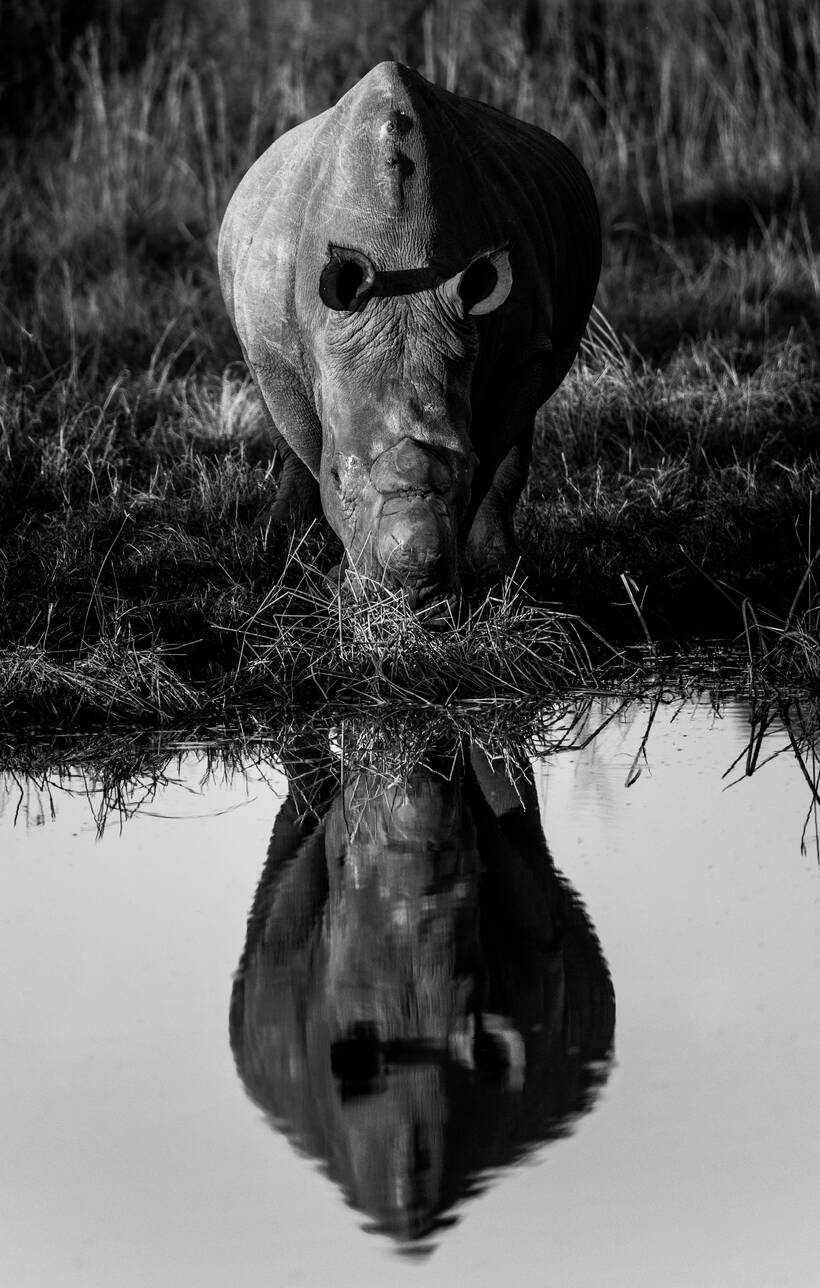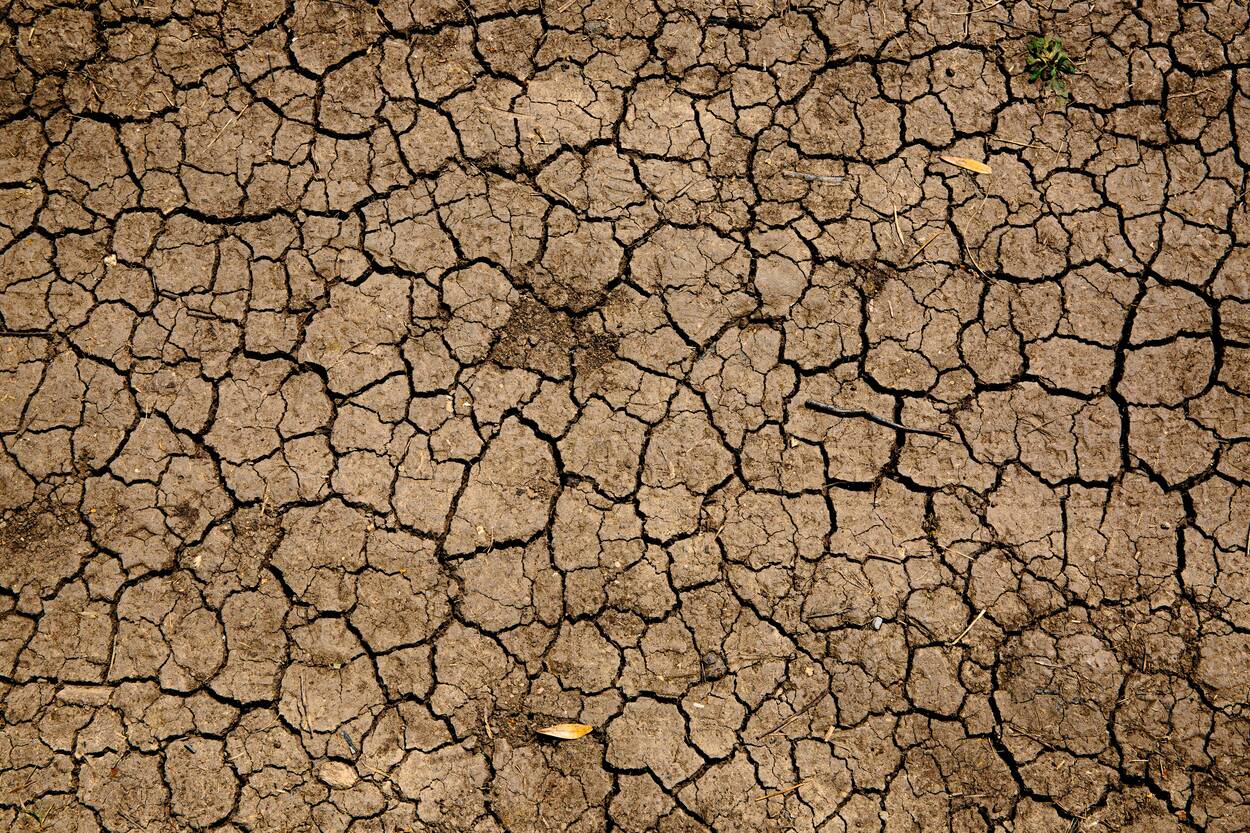James Dunning - CEO, Syrinix
Forget Black Swans! Here Come the Rhinos
As made famous by Nassim Taleb, the “Black Swan” is certainly on the A-list of celebrity status when it comes to forecasting.
By way of recap, a Black Swan event is so rare that the possibility of its occurring is unknown.
At the same time, its occurrence is both catastrophic and generative, as sure as night follows day, of a rush of hindsight specialists incorrectly explaining how predictable its occurrence actually was.
Now sure the Black Swan may be the Tom Cruise of the field. But there is also another forecasting animal out there that gets far less attention but is perhaps even more important as far as the water sector is concerned.
Continuing the celebrity theme, think Rooney Mara, Sam Rockwell, or Mads Mikkelsen… none really A-listers but look them up and you will see quite how effective they all are – and that, in forecasting speak, is your gray rhino.


But what is a “Gray Rhino”?
Well looking to Michele Wucker this time, a Gray Rhino is a highly probably high-impact event. What’s more the farther away it is, the greater the options and the lower the cost of dealing with it.
But here’s the catch. Most of the time the existence of a gray rhino event on the horizon is denied or minimized.
Once it is recognised, there is then typically a period of muddling along followed by some pretty intense blaming and panic… and then, depending on the steps already taken, comes the finale of action or trampling.
From the smoker who will not quit, to the pre-Katrina FEMA 2005 disaster plan for a Category 3 hurricane hitting New Orleans.
From the printer telling you for weeks it is running low on ink to the 2004 FBI report warning of widespread fraud in the mortgage market.
The Gray Rhino is what ought to be an obvious threat and yet…
Which brings us back to the water sector…
On June 14, Barclays analysts identified water scarcity as:
“the most important environmental concern for the global consumer staples sector”
Its recent Economist Intelligence Unit report on “Reimagining Urban Water Systems” meanwhile states that 44 countries face either “extremely high” or “high” water-stress levels.
And we are not talking just African and Middle East nations either. The USA, the UK, Spain, China, India and Australia are all in the “high” club.


And not forgetting the impact of COVID-19, the American Society of Civil Engineers’ report cards, changing weather patterns, urbanisation…. the challenges are identified and clear but the gray rhino has already broken into a trot.
But the Economist Intelligence Report is also absolutely clear that:
“The water crisis can be averted…. These issues can be tackled through active maintenance, prompt repair, more robust materials and data analytics”.
Just look to Singapore with its drive for water self-sufficiency, to Brazil and Kenya for controls on urban water-well drilling and the potential for customer-centric usage reduction solutions realising savings of 19.6%.
The collective term for rhinos is a “crash”.
Reports aplenty have confirmed the gray rhinos are out there and coming our way.
Here’s hoping we end up with action rather than trampling.
James Dunning, CEO Syrinix

References
CNBC. (n.d.). CNBC News. Retrieved from https://www.cnbc.com/world/?region=world. Taleb, N. (2007). The Black Swan. The Economist Intelligence Unit. (2021). Reimagining Urban Water Systems. Wucker, M. (2016). The Gray Rhino
More Blog Posts

Blog Post – Greta Thunberg & the Great Water Utility Performance Conundrum
Blog Post – James Dunning CEO
Contact Us
Leave your details and we will be in touch.






